Haworthia truncata CV lime green hardy succulent
₹399.00
Out of stock
Email when stock available
Haworthia truncata Description: “Lime green” is a very nice hybrid, characterized by broad squared-off leaves with the typical fan-like leaf arrangement of Haworthia truncata and ability to form nice clumps. It seems to be an hybrid between Haworthia truncataand Haworthia cuspidata (or perhaps Haworthia cymbiformis)
Rosettes: Stemless shaped like a fan.
Leaves: Marbled light to lime green, with “semi”-transparent windows, lovely frosted with fanned shades of lime green. The leaves seem to glisten.
Flowers: The flower stalks reaches over a 30 cm in height, and feature small white blossoms and cream/tan hanging, inconspicuous flowers.
Blooming season: Blooms repeatedly, mainly in late Spring/Early Summer.
Remarks: This nice creature has thick, truncated leaves that fan open like the pages in a book. The squat leaves are lime and chartreuse, making the plant a major conversation piece. The tips of the leaves are like windows looking into the green jelly inside.
Cultivation and Propagation: Not difficult to cultivate, though it is not fast growing and takes several years to form good looking heads. Haworthias are very responsive to differing cultural conditions both as regards colour, length and shape of leaves, rate of growth and size of plant.
Soil: It grows best in sandy-gritty soil and requires good drainage as it it is prone to root rot.
Fertilization: Feed it once or twice during the growing season with a fertilizer specifically formulated for cactus and succulents (poor in nitrogen), including all micro nutrients and trace elements diluted to ½ the strength recommended on the label.
Repotting: Must be repotted frequently, because every year a part of their roots die and then rots in the pot. Needs a deep pot to accommodate the long, thick, contractile roots.
Watering Needs: Water regularly in the growing season, but avoid water-logging and let dry between watering, they should never dry out completely during the rest period. If grown in a container, bottom watering by immersing the container is recommended. It must have very dry atmosphere.
Sun Exposure: Keep cool and shaded in summer, and provide locations with diffuse sunlight or light shade, it can tolerate shade, shelter from direct sun during the hottest hours. In shade the body colour will remain mostly green, while full sun will darken a bit. Can be sunburned if moved from shade/greenhouse into full sun too quickly. The amount of sunlight it can withstand without scorching depends upon the how hot it becomes in the summer in the locale in which it is planted. During the spring it may be able to take full sun until the heat arrives at the end of spring. In an area that has hot afternoon sun, it may be able to take full morning sun, but requires afternoon shade or afternoon light shade.
Frost Tolerance: Light frost protection required. It requires a minimum temperature of about 5°C (But will take a light frost and is hardy down to -5(-7)° C for short periods if it is in dry soil). USDA zones 9A – 11. In areas prone to frost, grow in an intermediate greenhouse or conservatory, in pots.
Pests and diseases: May be susceptible to mealybugs and rarely scale.
Propagation: Seeds, offsetts or leaves and roots cutting. Offsets that appear at the base between the leaves; leave them attached to form a cluster, or wait until they are 1/3 the size of the parent and then detach and plant. Cuttings root easily and remain true to the species, while seeds tend to hybridize.
Be the first to review “Haworthia truncata CV lime green hardy succulent” Cancel reply
You must be logged in to post a review.

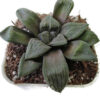

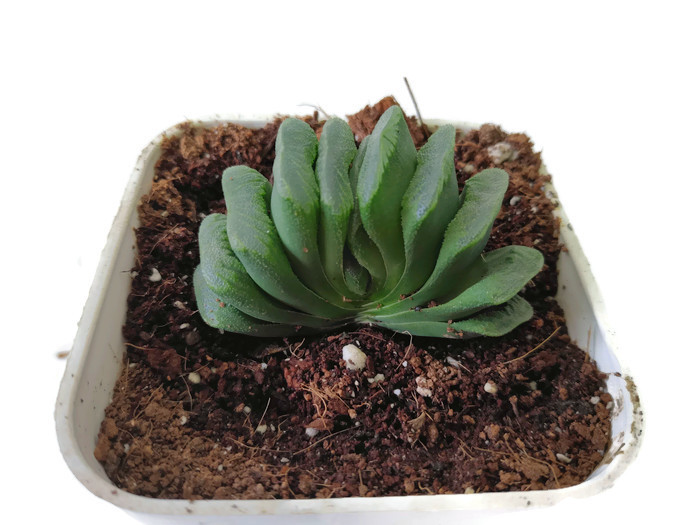
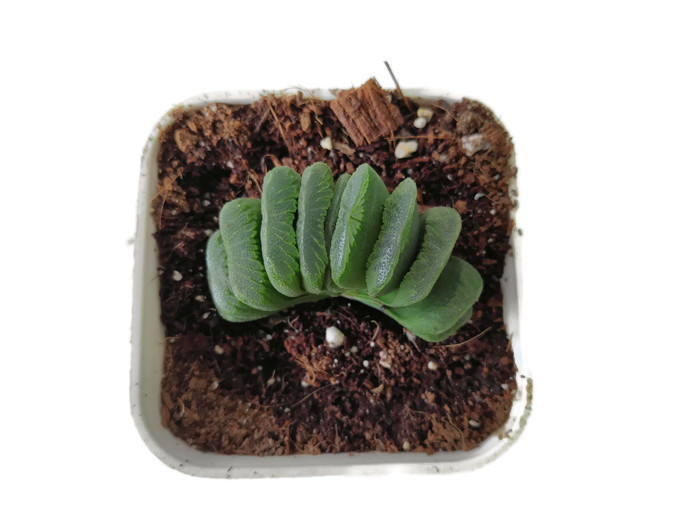
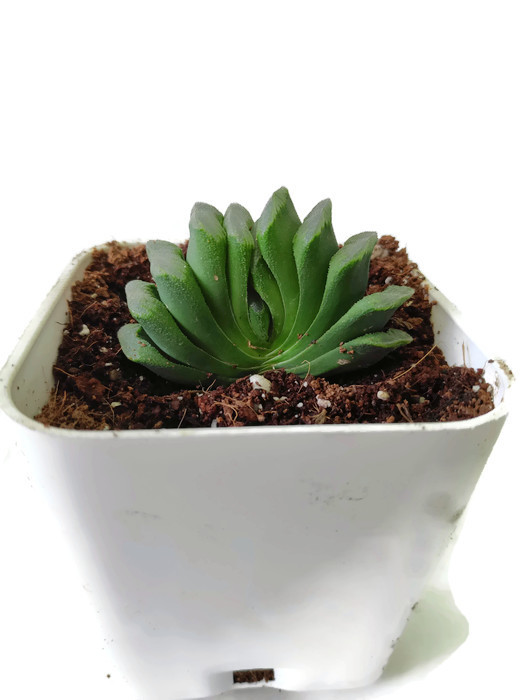
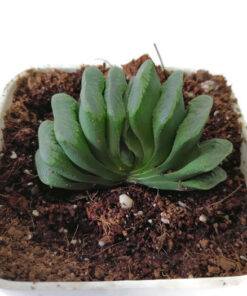




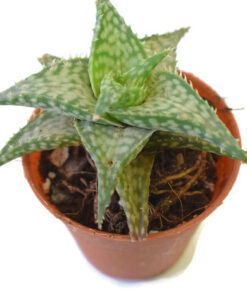
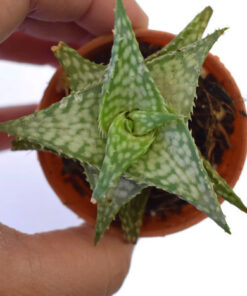
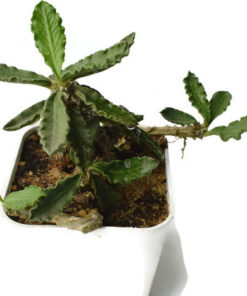
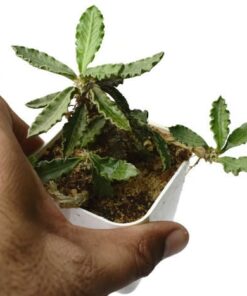
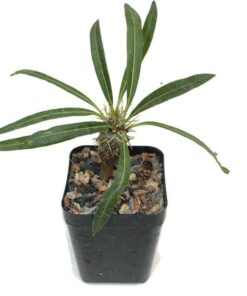
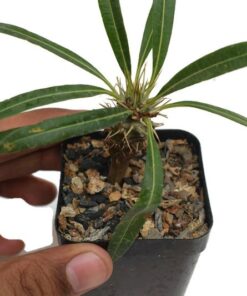
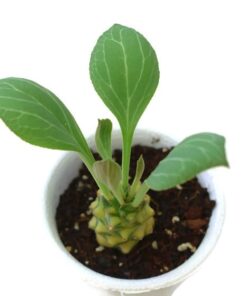
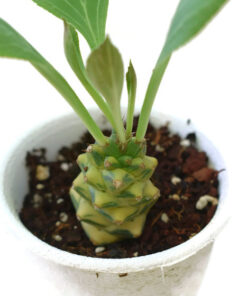

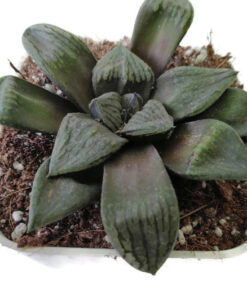
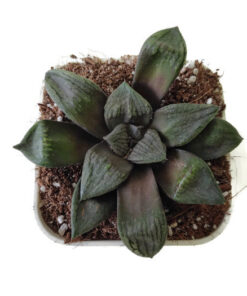
Reviews
There are no reviews yet.